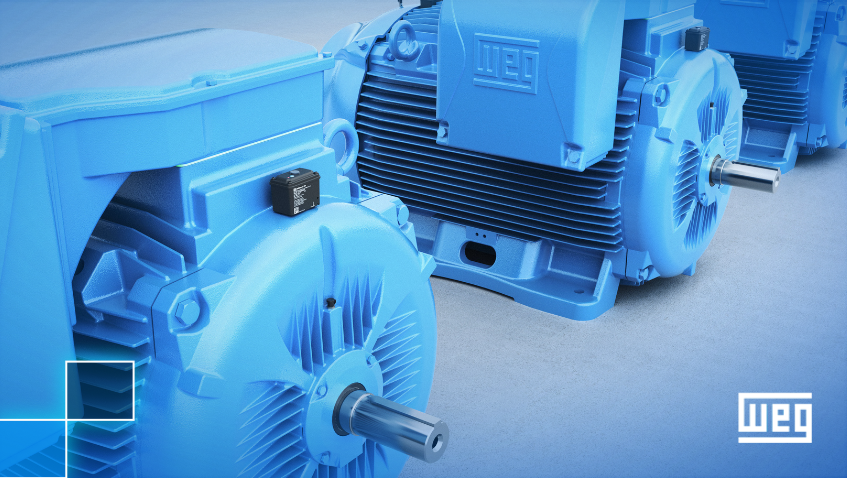As part of the Industry 4.0 implementation, it is known that technological tools allow optimization of day-to-day operations resulting in higher efficiency in manufacturing and management processes.
While using new and powerful technological resources, Industry 4.0 will benefit companies with much advanced efficiency operations. In practical terms, companies have the opportunity to optimize resources for better results bringing competitive edge. Within this Industry 4.0 implementation, here are some of the evidences where it is possible to save money by implementing an efficiently smart factory:
Reduction of unexpected production shutdowns
One of the major industry bottlenecks is the trouble caused on equipment resulting in unexpected production shutdowns, which causes productions losses and the need of technicians and specialists for emergency demands.
Complying with Industry 4.0 enables advances in the so-called predictive maintenance, which, continuously monitors the equipment to predict failures. The maintenance is carried out with the application of sensors installed on the machinery that send information to the cloud through specific systems.
Therefore, it is possible to check the need for action in advance, reducing equipment damages and inspection hours, unlike preventive maintenance, which requires the replacement of parts even if the machine does not require it.
Improved working conditions
Features such as big data help improve working conditions by controlling temperature, humidity, inventory and other plant data. A better air-conditioned work environment, among other factors, brings more satisfaction at the work place, which generates higher productivity and profitability for the company.
Employees performing more value-added activities
With the integration of the operating equipment and its greater autonomy, factory activities previously performed by employees are almost exclusively performed by machines. This allows hiring and using experts to perform more complex and strategic activities specifically focused on generating results.
On-going updates will be required, as new activities will come up to meet Industry 4.0 demands.
Savings are also noticed on the following topics:
Cost reduction on implementation of production lines;
Less operating expenses;
Higher accuracy in results;
Greater product safety and control;
Reduction of failures;
Reduction of time cycles and work in processes;
Reduction of work injuries;
Process regulation and control for better final product quality level;
Higher equipment efficiency.
The enthusiastic and positive aspect of these advantages is that they do not necessarily depend on a complete change of the structure. You can use and adapt equipment for this new configuration and ensure an unprecedented gain in productivity and efficiency.



